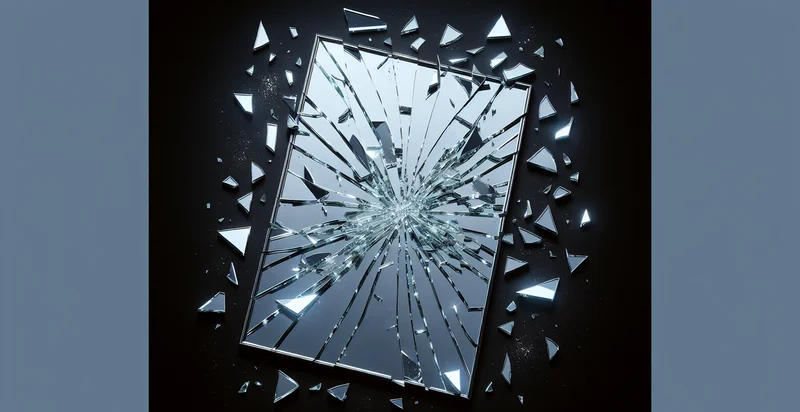Identify broken tvs
using AI
Below is a free classifier to identify broken tvs. Just upload your image, and our AI will predict if the tv is broken - in just seconds.

Contact us for API access
Or, use Nyckel to build highly-accurate custom classifiers in just minutes. No PhD required.
Get started
import nyckel
credentials = nyckel.Credentials("YOUR_CLIENT_ID", "YOUR_CLIENT_SECRET")
nyckel.invoke("broken-tvs-identifier", "your_image_url", credentials)
fetch('https://www.nyckel.com/v1/functions/broken-tvs-identifier/invoke', {
method: 'POST',
headers: {
'Authorization': 'Bearer ' + 'YOUR_BEARER_TOKEN',
'Content-Type': 'application/json',
},
body: JSON.stringify(
{"data": "your_image_url"}
)
})
.then(response => response.json())
.then(data => console.log(data));
curl -X POST \
-H "Content-Type: application/json" \
-H "Authorization: Bearer YOUR_BEARER_TOKEN" \
-d '{"data": "your_image_url"}' \
https://www.nyckel.com/v1/functions/broken-tvs-identifier/invoke
How this classifier works
To start, upload your image. Our AI tool will then predict if the tv is broken.
This pretrained image model uses a Nyckel-created dataset and has 2 labels, including Functional Tvs and Broken Tvs.
We'll also show a confidence score (the higher the number, the more confident the AI model is around if the tv is broken).
Whether you're just curious or building broken tvs detection into your application, we hope our classifier proves helpful.
Related Classifiers
Need to identify broken tvs at scale?
Get API or Zapier access to this classifier for free. It's perfect for:
- Warranty Claims Automation: Leverage the 'broken TVs' identifier to automate the process of warranty claims for manufacturers and retailers. By quickly identifying damaged units through images submitted by customers, companies can expedite the approval process, reduce manual labor, and enhance customer satisfaction.
- Quality Control in Manufacturing: Implement the identification function on production lines to monitor and detect defects in television units before they leave the factory. This proactive measure can prevent defective products from reaching consumers, safeguarding brand reputation and reducing returns.
- E-commerce Product Verification: Use the identifier to verify the condition of TVs listed on e-commerce platforms. This can help in identifying false listings and ensuring that only functional TVs are sold, maintaining trust and integrity in online transactions.
- Insurance Fraud Detection: Insurance companies can utilize the function to assess damage claims for broken TVs. By analyzing submitted images against a database of known conditions, insurers can determine the legitimacy of claims and reduce fraudulent activities.
- Second-hand Market Assessment: Integrate the identifier into second-hand marketplaces to help buyers assess the condition of used TVs. This can provide a layer of verification, increasing buyer confidence and facilitating smoother transactions.
- Customer Support Efficiency: Customer service teams can use the binary image classification to quickly assess and categorize complaints about broken TVs. This allows representatives to provide faster solutions, whether troubleshooting, returns, or repairs, leading to improved service outcomes.
- Logistics and Returns Management: Retailers can streamline returns management by implementing the identifier at return centers. By evaluating the condition of returned TVs upon arrival, retailers can efficiently determine repair or replacement needs, minimizing processing times and optimizing inventory management.


